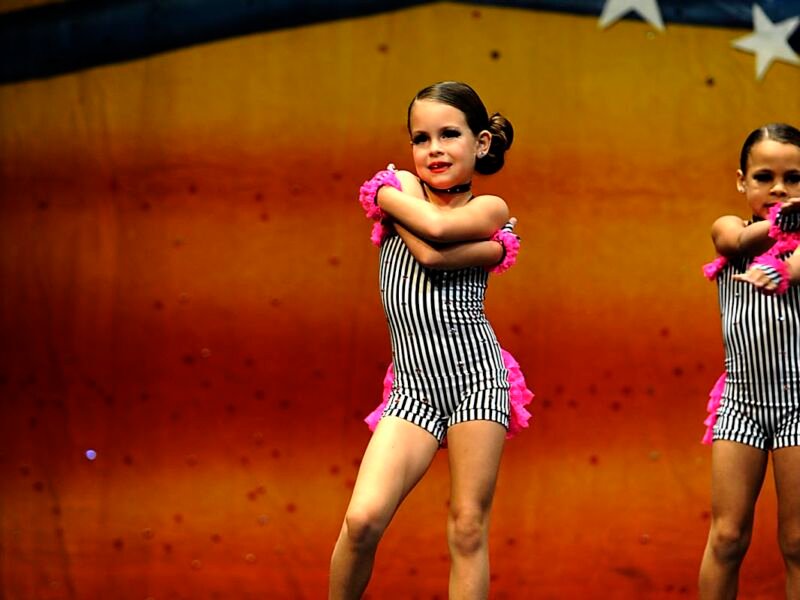The Evolution of Dance Costumes: From Tradition to Innovation
Introduction
Dance costumes have always played a crucial role in enhancing performances and expressing the artistic vision of dancers. Over the years, dance costumes have undergone significant transformations, influenced by various factors such as cultural trends, technological advancements, and the evolving nature of dance itself. This article explores the captivating journey of dance costumes, highlighting their historical significance, changes in design, and the impact they have on the dance community.
1. The Historical Significance of Dance Costumes
Dance costumes have a rich history, dating back centuries. In ancient civilizations, such as Ancient Greece and Egypt, dance costumes were used to symbolize characters, emotions, and narratives. These early costumes often consisted of draped fabrics, ornate headdresses, and intricate accessories, reflecting the cultural and social values of the time.
As dance forms evolved and spread across different regions and cultures, the style and purpose of dance costumes also changed. Traditional dance costumes became representative of specific cultural identities, preserving heritage and traditions.
2. The Influence of Culture on Dance Costumes
Cultural influences have played a significant role in shaping dance costumes throughout history. Traditional dances from different countries, such as India, China, and Africa, have distinct costume styles that reflect their unique cultural practices and aesthetics. These costumes often incorporate vibrant colors, intricate patterns, and traditional motifs, allowing dancers to convey cultural narratives through their attire.
3. The Evolution of Ballet Costumes
Ballet costumes have experienced notable changes and innovations since the inception of ballet as an art form. In the early days of ballet, costumes were heavily influenced by the fashion trends of the period, featuring voluminous skirts and corsets. However, in the late 19th century, ballet costumes underwent a significant transformation, thanks to the pioneering work of ballet masters like Marius Petipa.
Petipa introduced lightweight and flexible tutus for female dancers, allowing them to execute intricate movements with ease. This innovation revolutionized ballet costume design, paving the way for the iconic tutus seen in classical ballets today.
4. Changes in Dance Attire: Functionality and Comfort
As dance styles diversified and became more physically demanding, the focus on functionality and comfort in dance costumes increased. Contemporary dance, for example, prioritizes costumes that provide ease of movement and showcase the dancer’s physique. This shift has led to the use of stretch fabrics, innovative constructions, and minimalist designs that accentuate the body’s lines.
5. The Impact of Technological Advancements
Technological advancements have also played a crucial role in the evolution of dance costumes. The availability of synthetic materials, such as spandex and Lycra, has revolutionized costume design. These fabrics offer elasticity, durability, and moisture-wicking properties, enhancing the dancer’s performance and comfort on stage.
Furthermore, advancements in lighting and special effects have allowed costumes to become interactive elements in performances. LED lights, fiber optics, and projection mapping have transformed dance costumes into visually stunning pieces that create a mesmerizing experience for audiences.
6. Dance Costume Trends and Innovations
Like any other form of fashion, dance costume trends come and go. From the flapper-inspired outfits in the Roaring Twenties to the futuristic and unconventional designs of contemporary dance performances, dance costumes continue to evolve and adapt to the prevailing artistic and cultural zeitgeist.
Designers and choreographers often collaborate to create cutting-edge costumes that push boundaries and challenge conventional norms. Combining unconventional materials, asymmetrical designs, and avant-garde elements, these innovative costumes reflect the ever-changing nature of dance and its ability to push artistic boundaries.

Conclusion
Dance costumes have come a long way, from their traditional roots to the forefront of innovation. The evolution of dance costumes has not only enhanced the visual impact of performances but also reflected the changing landscape of dance itself. As dance continues to evolve, we can expect even more exciting developments in dance costume design, pushing the limits of creativity and expression.


